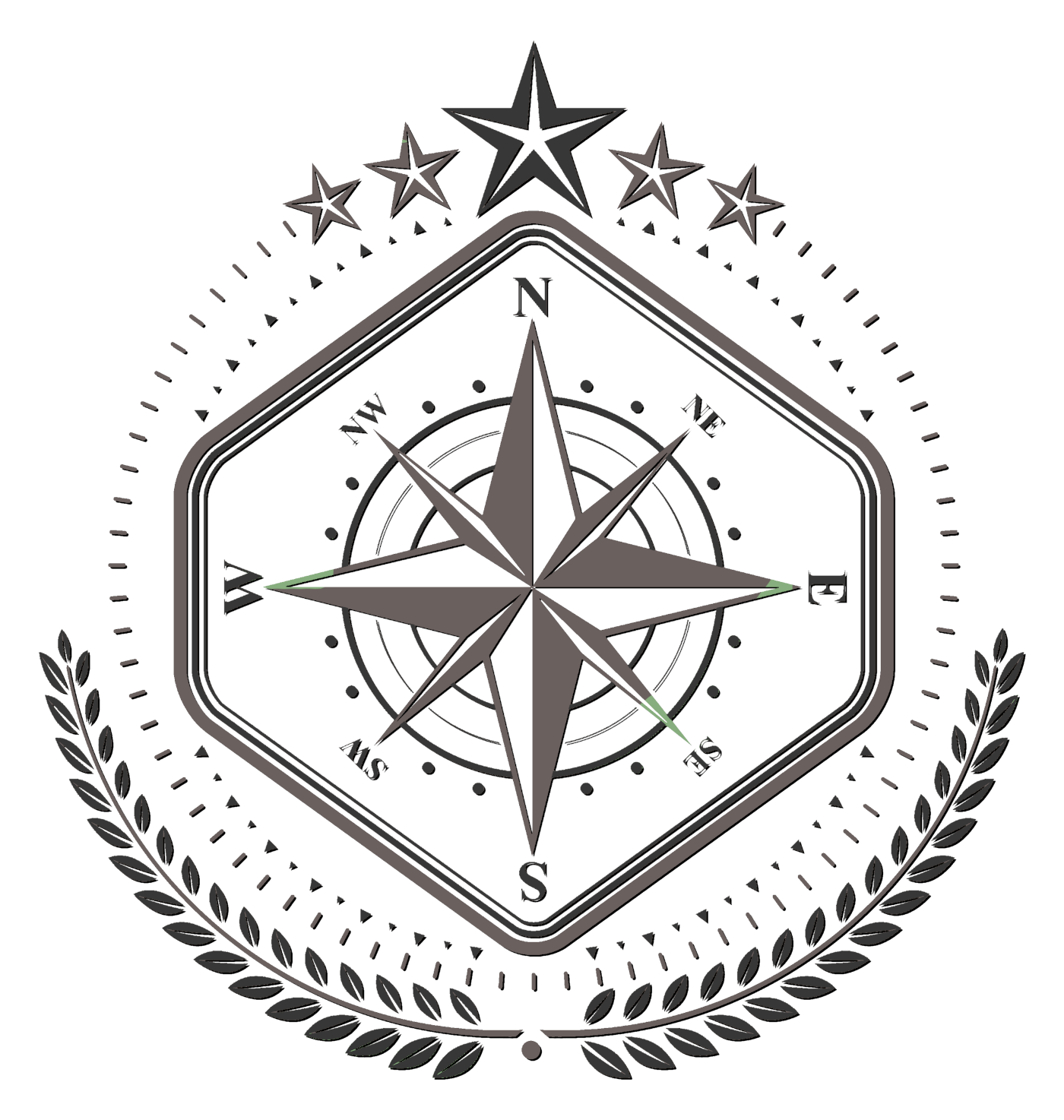Lady Kitra Mimetes wrote:
In my freshman story class, I was taught that every chapter needed to be a complete plot line.
Color me confused; in my experience (as a reader and a writer) it's
very rare that a "complete plot line" is
short enough to be a chapter, or that any two "plot lines" of one story are at all similar in length. It's important to end the chapter at a natural break if you can, but sometimes even that isn't possible. In sum, it's very
nice when you can fit a small story arc into a chapter, but this isn't all that common and certainly isn't
necessary. (Also, wouldn't this rule out cliffhangers entirely?)
Lady Kitra Mimetes wrote:
If a plot line has multiple perspectives, I don't tend to divide those perspectives into chapters because single paragraph chapters feel too much like excuses to have more chapters.
Well ... of
course not! It's standard practice to have multiple scenes per chapter (a scene being the span between two breaks in place, time, or perspective) if the scenes are too small to be chapters in their own right ... though it's very important to explicitly separate them with typographical breaks (three dots, a horizontal line, a blank line, ...) or (for discontinuities in time or place) connect them with a narrative transition.
When I was actively counting words, back in high school, I aimed for two thousand or 2,500 words per chapter, as I averaged somewhere in that ballpark anyway and that made keeping a running total for the book as well as the chapter much easier. Nowadays (when I can use a computer program to check word count, and do so only at the natural end of a scene) my chapters range from about 1,500 words to over 4,000.





